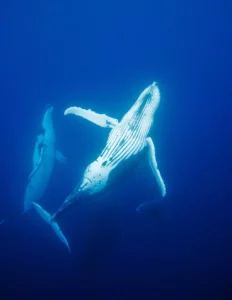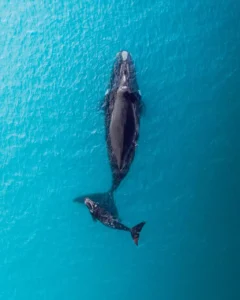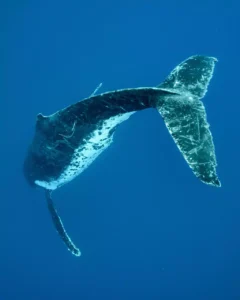An Exploration into the Habitats of the Majestic Humpback Whale
The humpback whale, known for its mesmerizing songs and acrobatic displays, is a creature that has captured the hearts of many. But where do these gentle giants of the sea reside? In this article, we delve deep into the habitats of the humpback whale, exploring the regions they frequent, their migration patterns, and the factors that influence their choice of residence.
Key Takeaways:
- Humpback whales are found in every ocean around the world.
- They migrate thousands of miles every year between feeding and breeding grounds.
- Their habitats are influenced by food availability, water temperature, and human activities.
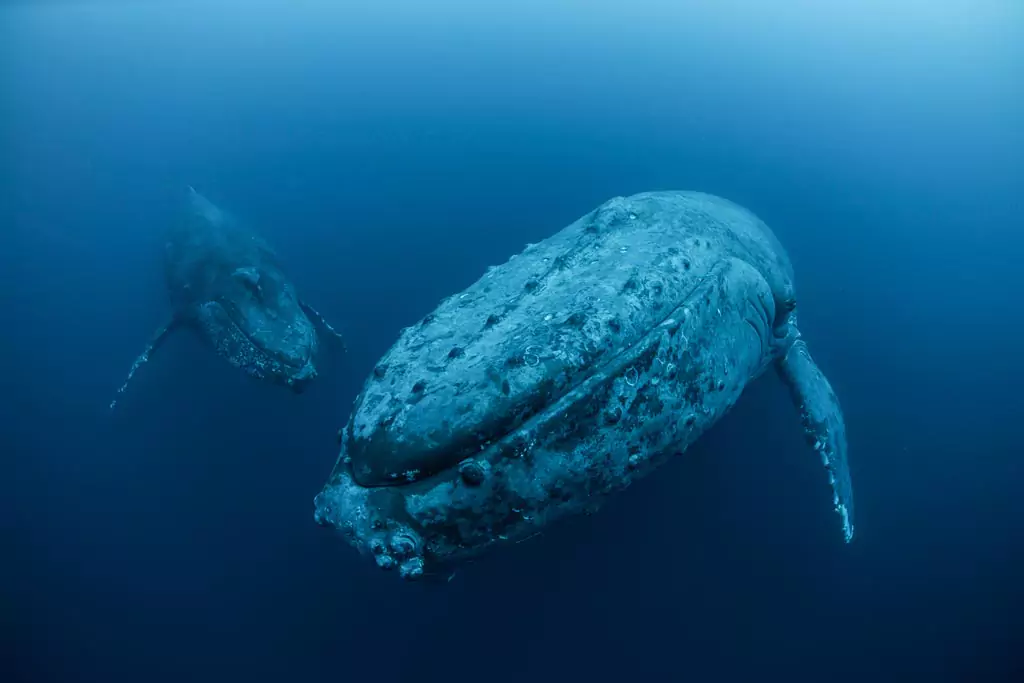
Humpback Whale Distribution: A Global Presence
Humpback whales are truly global creatures. They are found in every ocean, from the icy waters of the Arctic and Antarctic to the warmer tropical and subtropical regions. Their distribution is largely influenced by their need to find food and suitable breeding grounds.
Feeding Grounds: A Cold Water Affair
Humpback whales primarily feed in the colder waters of the polar regions. Here, they feast on a diet of krill and small fish, building up fat reserves to sustain them during their long migrations and fasting periods.
Polar Regions: The icy waters of the Arctic and Antarctic are rich in nutrients, making them prime feeding grounds for humpbacks. The abundance of krill in these regions is a major attraction for these whales.
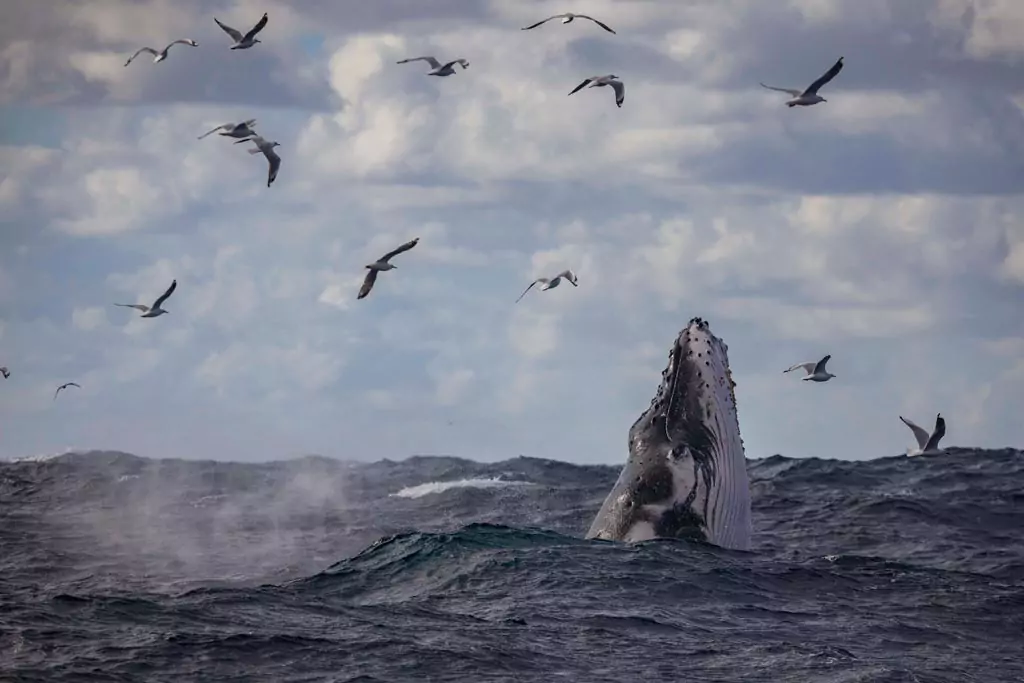
Breeding Grounds: Seeking Warmth and Safety
When it's time to breed, humpback whales migrate to warmer waters. These regions offer safety from potential predators and are conducive for the growth of their calves.
Tropical and Subtropical Waters: Places like Hawaii, the Caribbean, and parts of the South Pacific are popular breeding grounds. The warm waters here are ideal for newborn calves, protecting them from the cold and offering a safe environment free from orcas and other potential threats.
Migration: A Journey of Thousands of Miles
One of the most fascinating aspects of humpback whales is their incredible migration patterns. Every year, they travel thousands of miles between their feeding and breeding grounds, showcasing an impressive feat of endurance and navigation.
Northern Hemisphere Migration: In the northern hemisphere, humpbacks typically migrate from their feeding grounds in the Arctic to breeding grounds in tropical and subtropical regions during the winter months.
Southern Hemisphere Migration: Similarly, in the southern hemisphere, they move from Antarctic waters to warmer regions closer to the equator.
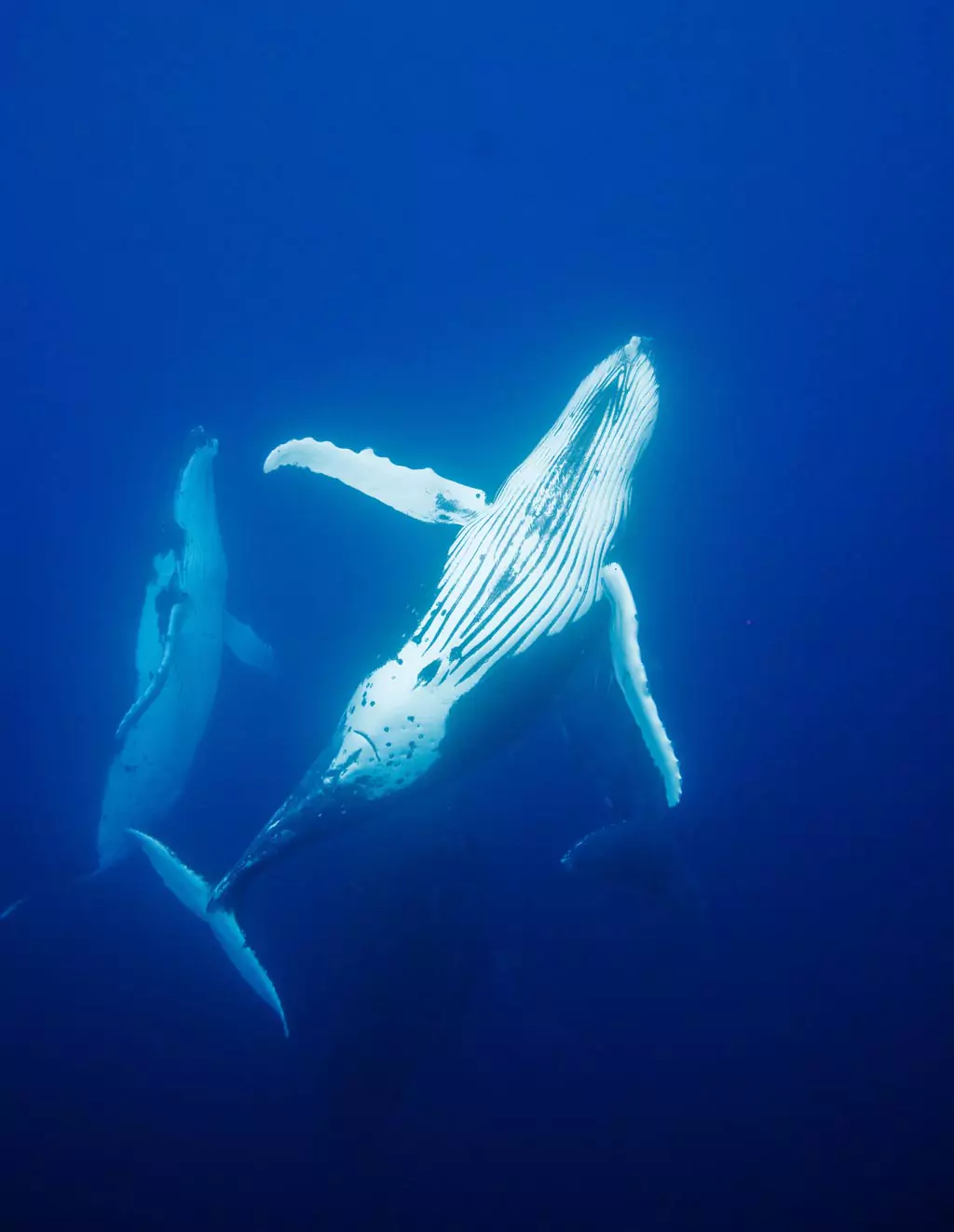
Factors Influencing Migration
Several factors influence the migration patterns of humpback whales:
- Food Availability: The primary driver for their migration is the search for food. The abundance of krill in polar regions during the summer months attracts humpbacks to these areas.
- Water Temperature: Humpbacks prefer warmer waters for breeding. The warmer temperatures are beneficial for the growth and survival of their calves.
- Human Activities: Sadly, human activities like shipping, fishing, and coastal developments can impact the migration routes of humpbacks. Noise pollution, ship strikes, and entanglement in fishing gear are some of the threats they face during their journeys.
Threats to Humpback Habitats
While humpback whales have a vast range, they are not immune to threats. Human activities, climate change, and pollution are some of the major challenges they face.
Climate Change and Its Impact
Climate change is altering the distribution of krill, the primary food source for humpbacks. As the polar ice melts, the abundance of krill in these regions is affected, forcing humpbacks to adapt and potentially change their feeding grounds.
Human Activities: A Double-Edged Sword
While conservation efforts have helped in the recovery of humpback populations, human activities continue to pose threats. Overfishing, ship strikes, and entanglement in fishing gear are some of the challenges humpbacks face.
Conservation Efforts: Protecting the Majestic Humpback
Efforts are underway globally to protect humpback whales and their habitats. Marine protected areas, stricter fishing regulations, and awareness campaigns are some of the measures in place to ensure the survival of these magnificent creatures.
Marine Protected Areas (MPAs)
MPAs play a crucial role in the conservation of humpback whales. These areas offer a safe haven for humpbacks, free from human disturbances and threats.
Awareness Campaigns
Raising awareness about the importance of humpbacks and the threats they face is vital. Through education and outreach, we can inspire collective action to protect these gentle giants.
Humpback Whales and Their Unique Features
Humpback whales are not just known for their impressive size but also for their unique features that set them apart from other whale species.
Distinctive Physical Characteristics
Humpbacks have a few physical traits that make them easily recognizable:
- Long Pectoral Fins: One of the most distinctive features of humpbacks is their long pectoral fins, which can be up to a third of their body length.
- Unique Fluke Patterns: The underside of a humpback's tail, or fluke, has a unique pattern for each individual, much like a human fingerprint.
The Songs of the Humpback
Humpback males are known for their complex songs, which can last for hours. These songs are believed to play a role in mating rituals and can be heard for miles underwater.
Humpback Whales and Human Interaction
Over the years, humans and humpback whales have had a complex relationship. From being hunted to the brink of extinction to becoming a symbol of conservation, the journey has been tumultuous.
Whaling and Its Impact
Historically, humpback whales were hunted extensively for their blubber, meat, and baleen. This led to a significant decline in their numbers. Thankfully, with international efforts and a ban on commercial whaling, their populations have started to recover.
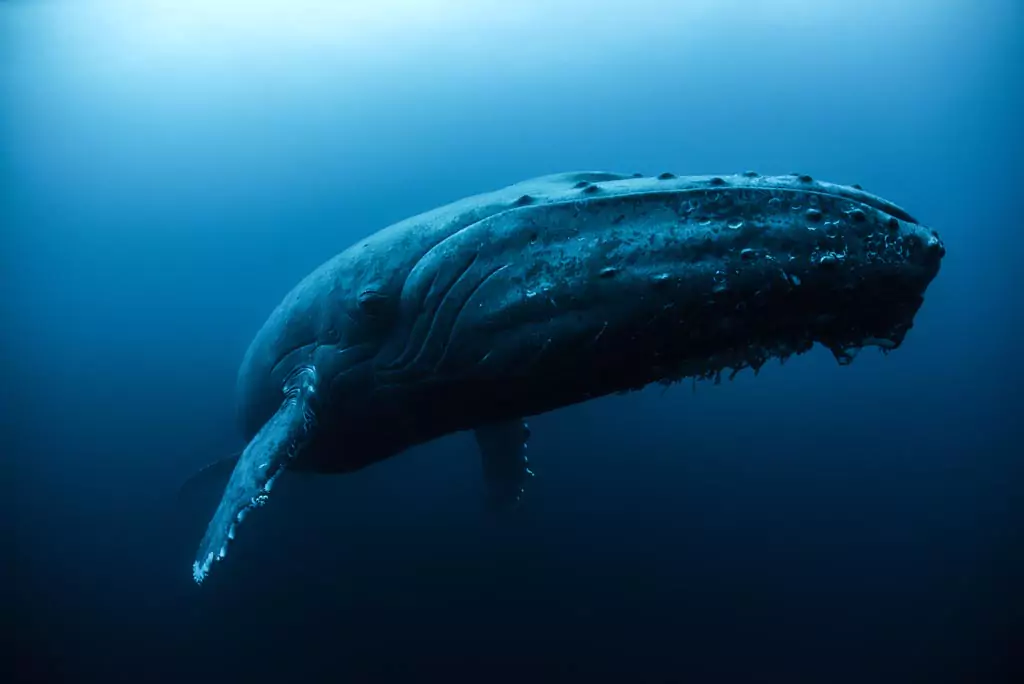
Whale Watching: A New Era of Appreciation
Whale watching has become a popular activity, allowing people to witness the majesty of humpbacks in their natural habitat. This has also contributed to the local economies of many coastal regions.
Tables with Relevant Facts
| Fact | Detail |
|---|---|
| Average Length | 40-60 feet |
| Average Weight | 25-30 tons |
| Lifespan | 45-50 years |
| Diet | Krill and small fish |
| Number of Baleen Plates | 270-400 on each side of the mouth |
Frequently Asked Questions
Why are they called "humpback" whales?
The name "humpback" comes from the shape of their dorsal fin and the way it looks when they are diving.
How fast can humpback whales swim?
Humpbacks usually swim at a speed of 3-9 mph, but they can reach speeds up to 16 mph in short bursts when they are in danger.
Do humpback whales sleep?
Yes, but not like humans. They shut down half of their brain at a time, allowing the other half to remain active and alert.
How often do humpbacks breach?
Breaching behavior varies among individuals. Some might breach multiple times in a short period, while others might not breach at all.



